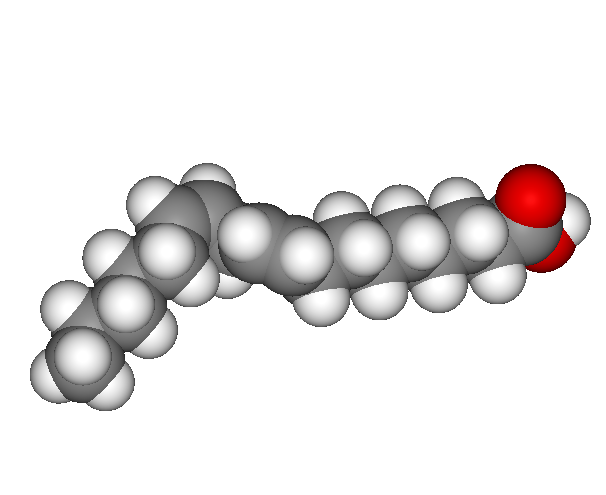Lipids are the class of macromolecules that mostly serve as long-term energy storage. Additionally, they serve as signaling molecules, water sealant, structure and insulation. Lipids are insoluble in polar solvents such as water, and are soluble in nonpolar solvents such as ether and acetone.

Fats or triglycerides are made of glycerol and three fatty acid chains. They form through 3 dehydration synthesis reactions between a hydroxyl of the glycerol and the carboxyl group of the fatty acid.
Saturated versus Unsaturated fats



Testing for Lipids
Tests for lipids are based on a lipid’s ability to selectively absorb pigments in fat-soluble dyes such as Oil Red O or Sudan IV.



